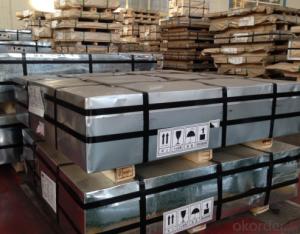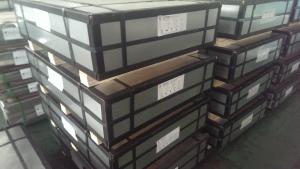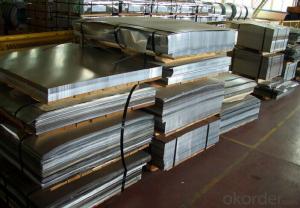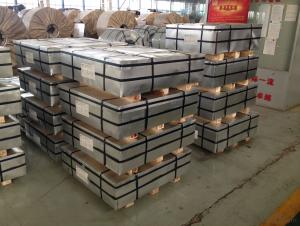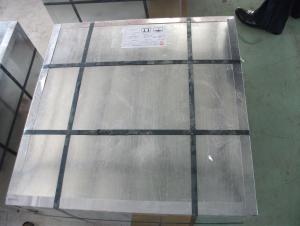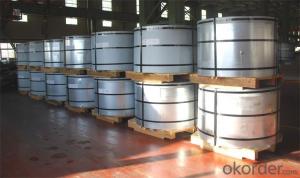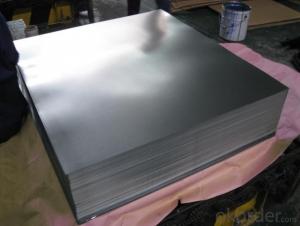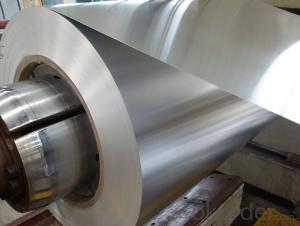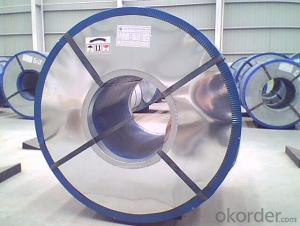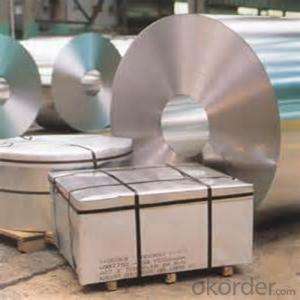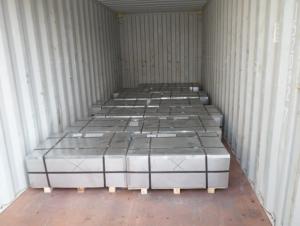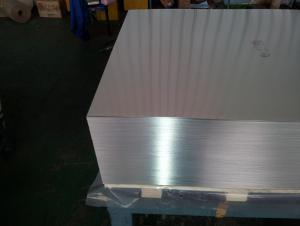Comat Tinplate
Comat Tinplate Related Searches
4 By 8 Plastic Sheets Thin Plastic Sheets Flexible Tinplate Coil Quotes Tinplate Iron Clear Plastic Sheets Hard Plastic Sheets 4X8 Lightweight Plastic Sheets Wavy Plastic Sheets White Plywood Sheets Poly Styrene Foam SheetsHot Searches
Tinplate China Tinplate Stock Price Tata Tinplate Price List Tinplate Price Trend Tinplate Nse Share Price Tinplate Price Chart Tinplate Share Price Nse Tata Tinplate Share Price Tinplate Share Price Today Tinplate Share Price Bse Tinplate Price Tinplate Share Price Tinplate Coil Manufacturers Tinplate Sheet Suppliers Food Mixer Sale Tinplate Factory Tinplate Production Tinplate Products Ltd Tinplate Products Tinplate Can ManufacturersComat Tinplate Supplier & Manufacturer from China
Okorder.com is a professional Comat Tinplate supplier & manufacturer, offers integrated one-stop services including real-time quoting and online cargo tracking. We are funded by CNBM Group, a Fortune 500 enterprise and the largest Comat Tinplate firm in China.Hot Products
FAQ
- Tinplate is primarily used in the automotive industry for various applications such as fuel tanks, oil filters, exhaust systems, and engine components. Its corrosion-resistant properties, along with its ability to withstand high temperatures, make it an ideal choice for these critical automotive parts. Additionally, tinplate's formability and ability to be easily welded and coated further contribute to its widespread use in the automotive sector.
- Tinplate can be affected by different types of food products due to their varying acidity levels and ingredients. Foods that are highly acidic or contain high levels of salt can cause corrosion of the tin coating, leading to the potential transfer of tin to the food and affecting its taste and quality. Additionally, foods with strong flavors or odors can interact with the tinplate, potentially altering the taste and aroma of the food. It is important to ensure proper packaging and storage conditions to maintain the integrity of the tinplate and preserve the quality of the food product.
- There are several main factors that influence the price of tinplate. Firstly, the cost of raw materials such as tin and steel, which can fluctuate based on supply and demand dynamics, can have a significant impact on tinplate prices. Additionally, changes in labor costs, energy prices, and transportation expenses can also affect the overall price of tinplate. Furthermore, market conditions, including global economic trends, geopolitical factors, and trade policies, can influence the demand and pricing of tinplate. Lastly, technological advancements and innovations in tinplate manufacturing processes can impact production costs and subsequently affect the price of tinplate.
- The factors that determine the lifespan of tinplate packaging include the quality of the tin coating, the thickness of the tinplate material, the presence of protective coatings, the storage conditions (e.g., temperature and humidity), exposure to external elements (e.g., moisture, oxygen, and chemicals), and the overall handling and care during transportation and use.
- There are several different ways to label tinplate closures. One common method is using pressure-sensitive labels that can be applied directly onto the closure. Another option is to use direct printing techniques such as screen printing or pad printing to add the required information onto the closure. Additionally, some closures may be embossed or debossed with branding or text, providing a more permanent labeling solution.
- And what are the main packing materials?
- The difference between the two cans is usually called a tin plate of three cans. The material is usually made of tin and hence its name. Canned container used for beverage, dry powder, chemical product, aerosol product.
- Tinplate contributes to the attractiveness of cosmetic packaging due to its unique properties. Its shiny and reflective surface enhances the visual appeal of the packaging, making it look more luxurious and high-end. Additionally, tinplate offers excellent printability, allowing for intricate designs, vibrant colors, and high-quality graphics to be displayed on the packaging, which further enhances its attractiveness. The durability and strength of tinplate also ensure that the packaging remains intact and visually appealing throughout its lifespan.

















